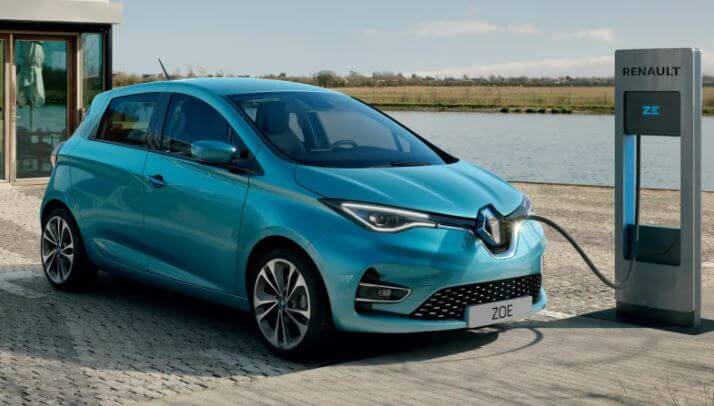It’s not just the LNP that has its wires crossed on energy priorities between federal and state governments. Federal Labor has released a comprehensive electric vehicles policy in the midst of a major public campaign by the Electric Vehicles Council against Dan Andrews-led Victorian Labor.
In an open letter, the EV Council described the Victorian policy as the “worst electric vehicle policy in the world.” They claim the Andrews’ government tax is the only stand-alone tax on electric vehicles anywhere.
“No other jurisdiction has introduced such a targeted levy on the cleanest vehicles on the road,” the letter reads. “This new tax means the world’s manufacturers are far less likely to send Victorians their best, most affordable zero emissions vehicles.”
Why is Victoria’s Labor Government Taxing Electric Vehicles?
The electric vehicle tax was a surprise to many, particularly in light of the Victorian Labor government’s legislated commitment to net zero emissions by 2050. However, the Andrews government has stalled on the legislation’s promise to set 2025 and 2030 targets.
The EV tax’s main motive is budgetary. A portion of revenue paid by road users is the 42c per litre fuel excise, which is obviously not paid by drivers of electric cars.
Andrews is seeking to recoup that revenue. On some calculations, EV users would end up paying about the same tax as petrol burners.
Federal Labor is incentivising electric vehicle purchases
It’s a complete mess of political strategy, because at the very same time, federal Labor is confirming it would spend to make electric vehicles more affordable. Do Albanese and Andrews even have each other’s phone numbers?
Under Albanese’s plan, employers supplying EVs for employees would also be exempt from paying the 47% fringe benefits tax, potentially saving up to $9,000 according to analysts. The 5% import tariff would also be waived on EVs worth less than $77,565.
This includes the standard Tesla Model 3, the Hyundai Ioniq and the Nissan Leaf, which all have a range of around 350 kilometres. The long-range and performance Model 3’s are $80,000+, and the Tesla Model S series retails for well over $100,000.

Volkswagen has previously said Australia’s EV policy landscape is “hostile” and “third world.” Just 0.1% of vehicles purchased in Australia in 2020 were electric.
Compare this to Norway, where petrol vehicles will not be sold from 2025. At the 2019 election, federal Labor took a goal of 50% of all purchases being electric by 2030 to the voters, and like an embarrassing gaggle of US Republicans, the LNP called it “Labor’s war on the weekend.” It is heartening to see that Albanese won’t capitulate to such childish criticism.
Follow Christian on Twitter for more news updates.